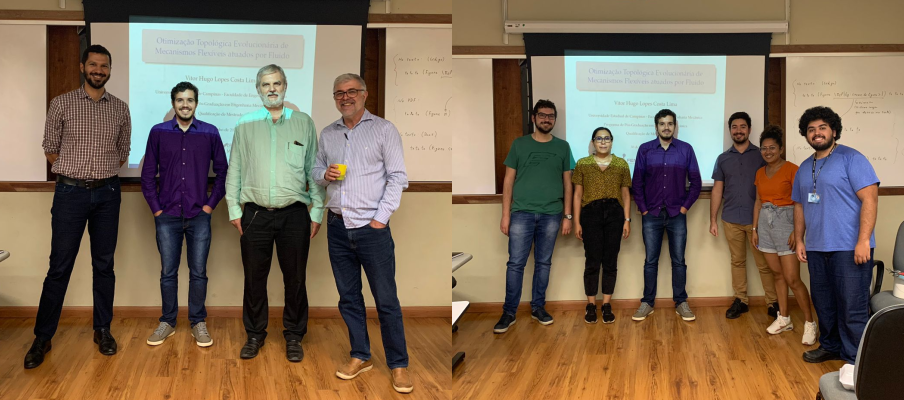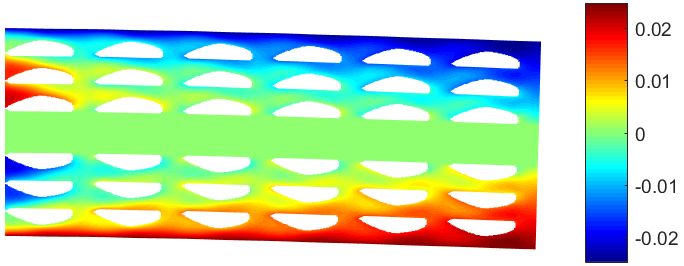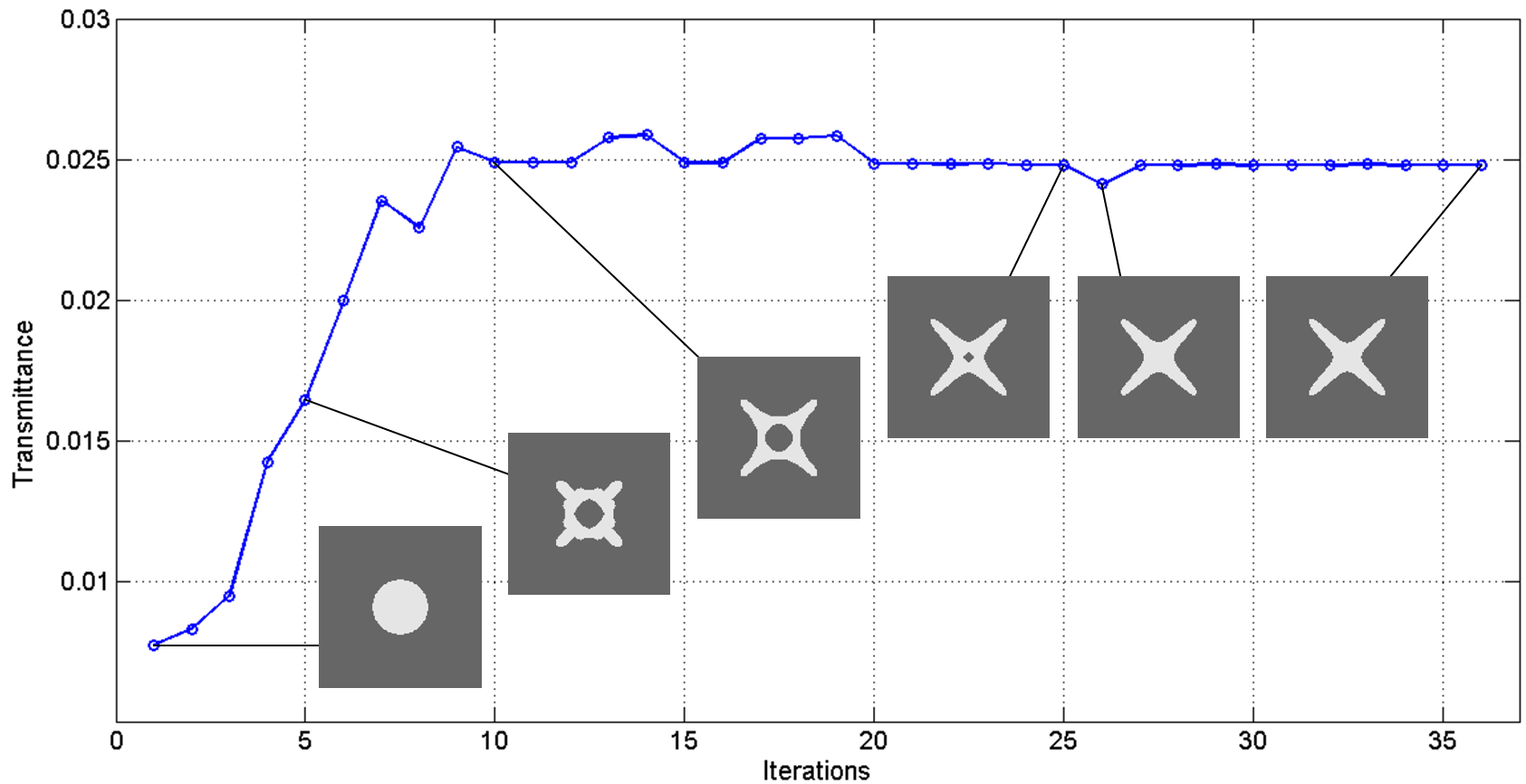The Laboratory of Topology Optimization and Multiphysics Analysis
The Laboratory of Topology Optimization and Multiphysics Analysis (LTM) is a research laboratory at the School of Mechanical Engineering of the University of Campinas (UNICAMP).
Our research is based on Structural Topology Optimization and Multiphysics/Multiscale Analysis, including studies on new numerical evolutionary methods and bio-inspired design strategies. Our team is composed of engineers and undergraduate students that investigate the following subjects: static and dynamic structural design methods, multiscale and periodic systems, vibroacoustics, poroelasticity, fluid-structure interactions, load dependent problems, fluid actuated systems, nonlinear materials models, metasurfaces/metamaterials, among others (see Research).
In order to conduct our studies and investigations we are partially funded by the following organizations: Coordination of Superior Level Staff Improvement (CAPES), National Council for Scientific and Technological Development (CNPq) and São Paulo Research Foundation (FAPESP). We are also part of the Center for Computing in Engineering & Sciences, being a world-class multidisciplinary research Center dedicated to advanced computational modeling in physical and chemical molecular sciences, computational mechanical engineering and materials, computational biology and bioinformatics, computational geophysics, and computer science.
News
30. June 2023
Vitor Hugo defends his Qualification. Congratulations!!! 
28. April 2023
Welcome to the new LTM website! 

